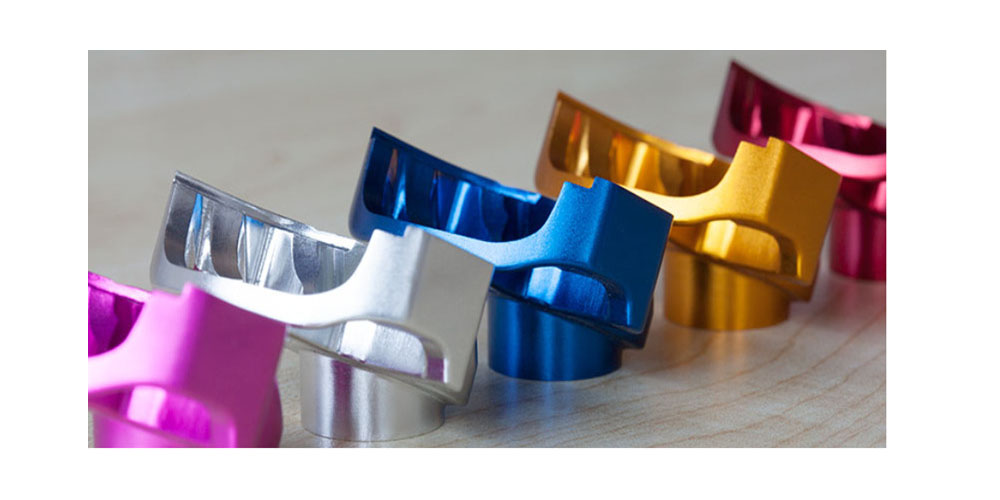Anodizing is an electrochemical finishing process. It is used to create a protective or barrier layer of oxide over the surface of the metal. The barrier layer helps add properties like corrosion resistance and increased durability to the metal. Various metals can be anodized. One of the most common anodized metals is aluminum. Anodizing aluminum has become so popular that an aluminum anodizing council was established to promote the industry’s growth and progress. In this post, we discuss anodizing aluminum types.
Forms of aluminum anodizing
There are several aluminum anodizing processes. They can be classified based on the type of acidic electrolyte applied and the resulting aluminum oxide layer’s thickness. Some people classify the various processes depending on the protective properties of the layer formed. Below are the most common forms of anodizing aluminum:
1. Anodizing aluminum using chromic acid
Also known as the Type one anodizing aluminum process, this procedure involves applying Chromic acid in creating a thin oxide layer on the surface of the metal. The process is the oldest method of anodizing aluminum.
In most countries, the method has been replaced by the Boric-sulphuric acid procedure. This is mainly due to environmental concerns. However, the process is applied in various industries. It is especially applicable in areas where tight tolerance is required. Below are some properties of the oxide layer created using this process;
- The layer is highly ductile
- It is flexible
- It does not break tolerance easily
- It features a thickness of between 0.5µ to 18µ
- It is highly resistant to wear and corrosion
- It does not take long to color
2. Anodizing aluminum using sulphuric acid
This method, also known as Type II is the most common form applied in the industry. As the title suggests, the method involves utilizing sulphuric acid in creating a moderately thick aluminum oxide layer on the surface of the metal. Below are properties of the oxide layer formed with this method of anodizing aluminum;
- It features a thickness of between 1.8µ to 25µ.
- It features better wear and corrosion resistance
- It retains dyes and lubricants easily
3. Hard anodizing aluminum
Also known as Type III anodizing, this method is done using sulphuric acid as well. The name hard is used because the oxide layer created in the process is thicker than any other method. This method of anodizing aluminum is only ideal in projects where tight tolerance is not required. Instead, it is an ideal process in applications where extreme where is anticipated. Below are qualities of the oxide layer formed using this method of anodizing aluminum;
- It features a thickness ranging between 13µ and 150µ
- It features the best wear and corrosion-resistant elements
- It is easiest to color using dyes and lubricants. However, coloring is discouraged.
When deciding the best method for anodizing aluminum, you should consider the applications you need for the anodized aluminum. You also ought to consider the various properties of the anodized aluminum.
Conclusion
Anodized aluminum is highly applied in the technological sector. This is primarily because of its impressive structural properties. The properties of bare aluminum also make it an excellent metal for a wide range of applications. Anodized aluminum is primarily applied in construction, electronics, and transportation.
